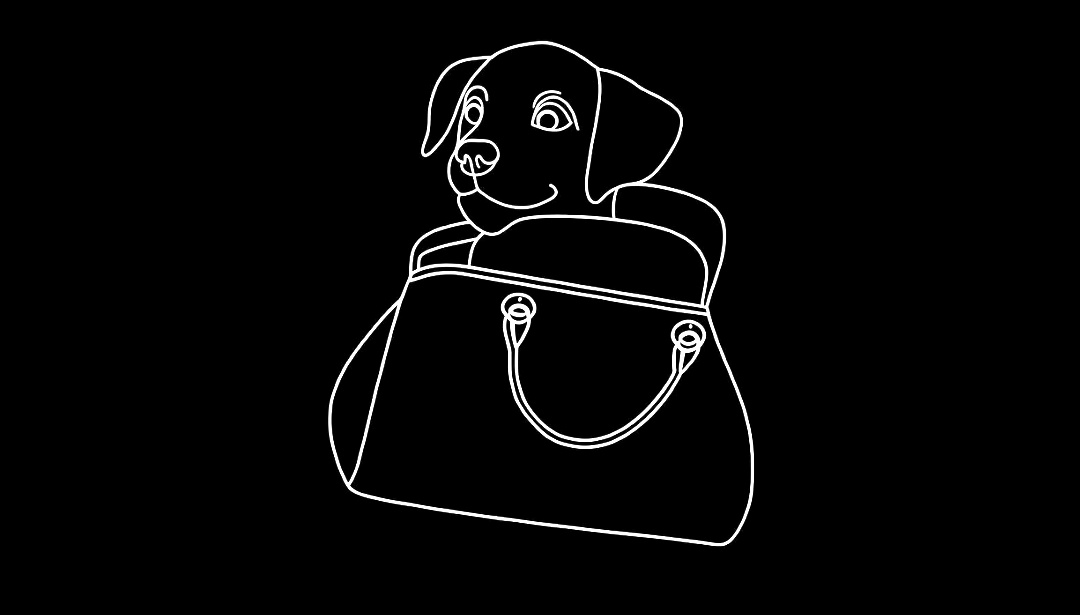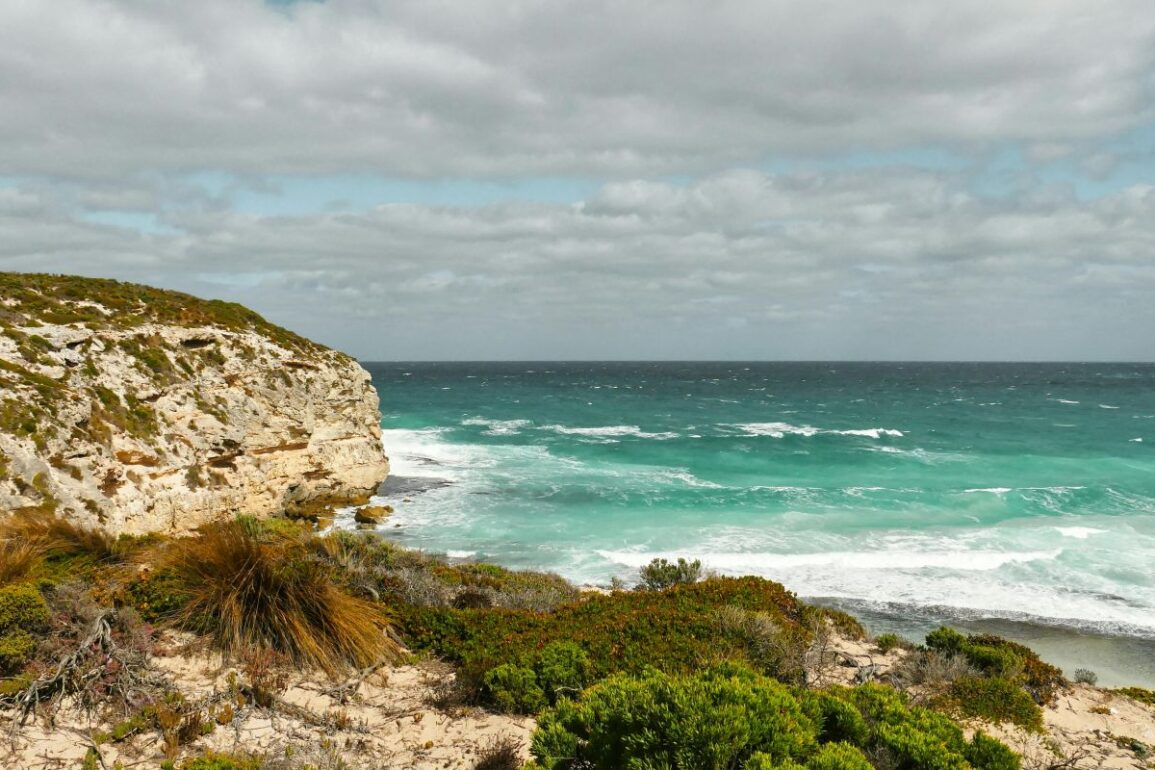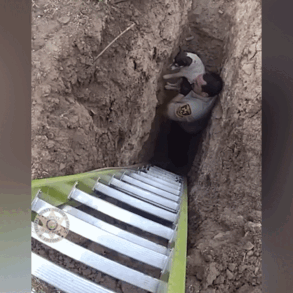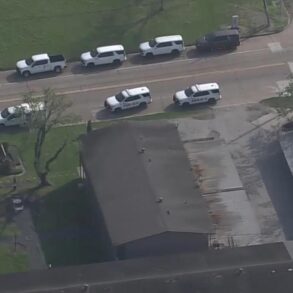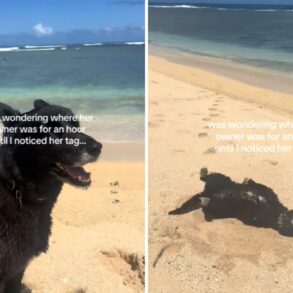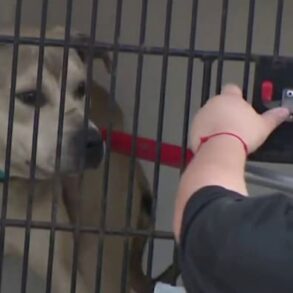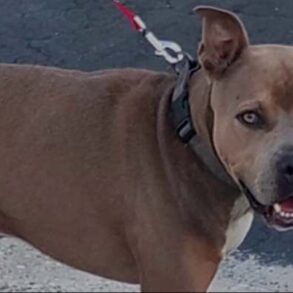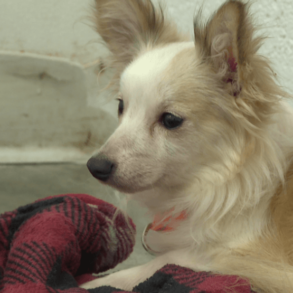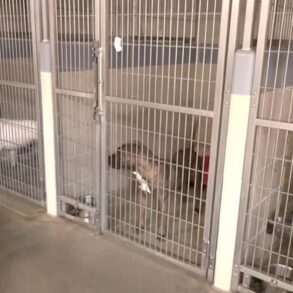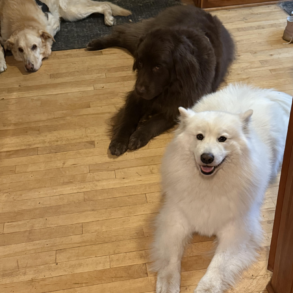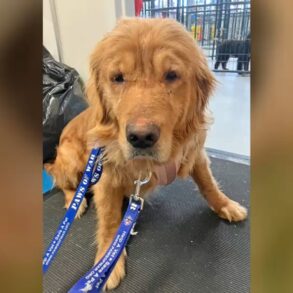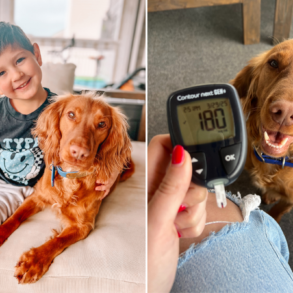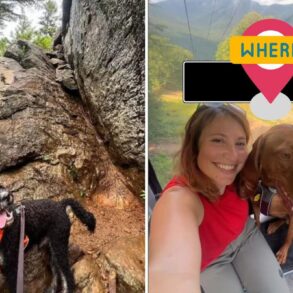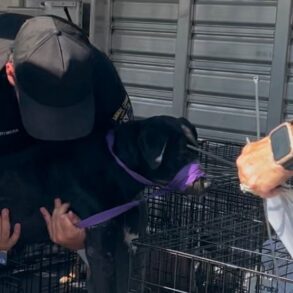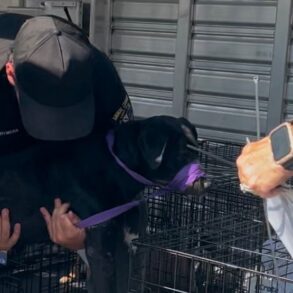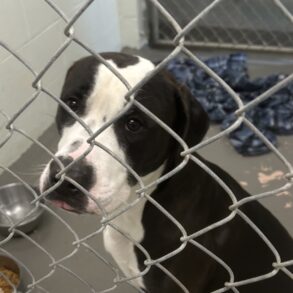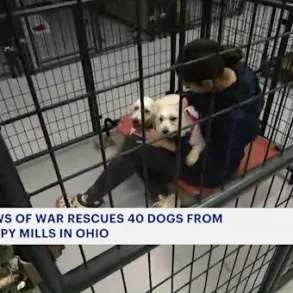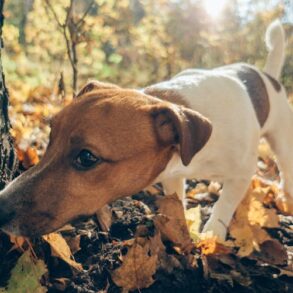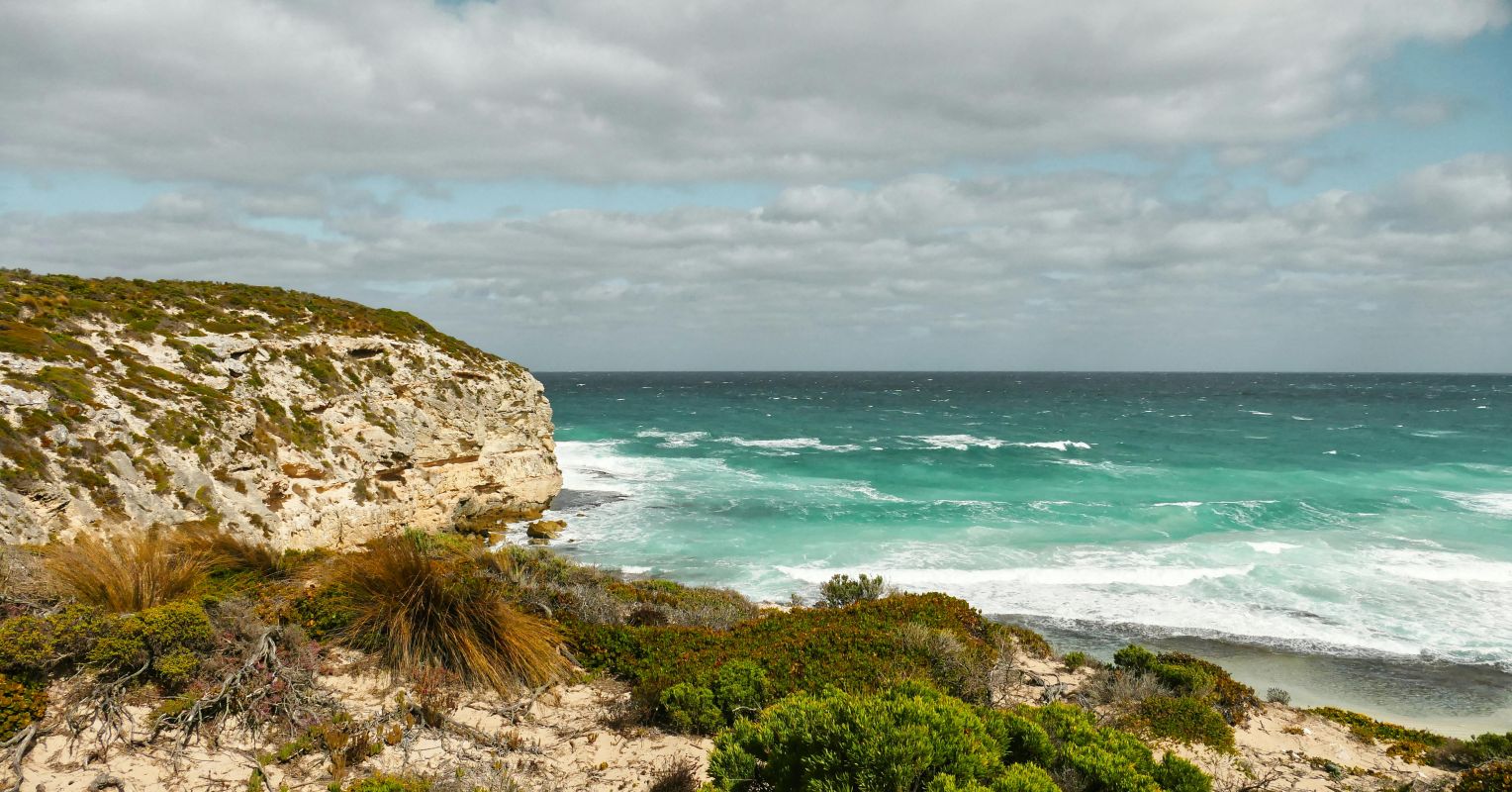
News that a 4kg miniature Dachshund is still alive after going missing on Kangaroo Island, Australia, more than a year ago, set me thinking about how dogs can survive without people. Valerie, the miniature Dachshund, was recently sighted 16 months after she first went missing, and now a local rescue has set cameras and traps to catch her. It’s not known how Valerie has survived this long and whether local people have helped her—although, given that she is wearing a pink collar, you would think that anyone who saw her would mention it, just like the person who spotted her and told the rescue. So it seems most likely that she has survived on her own.
Kangaroo Island is a tourist destination off the Australian coast that can be reached by air from Adelaide and by ferry from Cape Jervis. The island includes the Flinders Chase National Park and is known for its wildlife. In this environment, how has Valerie survived?
Can dogs survive on their own?
As it happens, there is a book about how dogs (as a species) would survive without humans. In A Dog’s World: Imagining the Lives of Dogs in a World Without People, Jessica Pierce and Marc Bekoff write about what would happen to dogs if people suddenly ceased to exist. It’s a thought-provoking book that considers all the different aspects of what dogs need to survive. They even consider some of the advantages dogs might have without people:
“Looking at what dogs might gain were humans to disappear can help crystallize some ways in which we compromise their Dogness, and greater awareness of this might help us give dogs greater independence and freedom right now.”
But of course, every dog is an individual and what dogs need as a species is not the same as what one dog, lost on an island, might need. A pet dog is used to having their owner provide for their needs, including shelter, vet care, food, water, exercise, and affection. As a small dog, perhaps it was relatively easy for Valerie to find shelter, as she could fit into small spaces that a bigger dog would not get into. She could exercise or not as needed, but it seems fair to say that she could not spend all day napping because she would need to find water and food. Professor Paul McGreevy told The Guardian that,
“Dogs are the greatest opportunists in the animal kingdom: that’s one of their core skills.”
Dachshunds are popular dogs, and although we commonly call them “sausage dogs”, in fact they were bred to hunt badgers. They are sized to go into badger tunnels, with the independent character (and teeth) to deal with their prey. Even though pet dogs don’t need to use those skills, Valerie may have had enough of those predatory behaviors to be able to hunt for some small prey. McGreevy says it’s more likely that she has survived on what she’s found—which would include carrion and poop. Perhaps she also found some trash left behind by people, although since a significant part of the island is comprised of nature reserves, there probably isn’t much trash.
The wildlife on Kangaroo Island includes plenty of kangaroos (of course), as well as wallabies, possums and koalas. There are smaller animals such as frogs, rats, skinks, and mice, and a wide variety of birds. Importantly, there are no crocodiles, so Valerie did not have to worry about becoming a crocodile’s lunch, although there are venomous snakes.
Catching lost dogs often involves traps
The search for missing dogs is best left to the experts, and in Valerie’s case, they are on it. It’s important that the general public stays away from any lost dog search to increase the chance of their capture. Although people often want to help when dogs go missing, having lots of people in the area can be terrifying for a lost dog and make it even harder to get them back. In her book, Poppy in the Wild: A Lost Dog, Fifteen Hundred Acres of Wilderness, and the Dogged Determination that Brought Her Home, Teresa J Rhyne includes tips for people whose dog has gotten lost. Signs with a phone number for people to call to report if they see the dog can be a big help.
“Eventually, if your dog doesn’t find its way back to your home, or if it was lost somewhere not familiar to it, your dog will establish a pattern. It will settle down in one locale. You’ll learn where this is by the sightings reported to you by people seeing your signs. This may take a while. Do not give up.”
Once you know where the dog is spending time, it’s possible to set up cameras and traps. And that’s what is happening with Valerie—Kangala Wildlife Rescue knows where she is hanging out and is working to catch her. The good news is that they report that she is looking healthy.
Many dog guardians know that heart-sinking feeling of realizing that your dog has gone missing. Even if it only lasts for 10 minutes, it’s a horrid feeling. Times when dogs are at particular risk of going missing include the first days and weeks when they are in a new home, and when loud noises like thunder and fireworks frighten them (for tips to prevent this, see my book Bark! The Science of Helping Your Anxious, Fearful, or Reactive Dog). But any dog can go missing and that’s why it’s important to ensure your pet has identity info on their collar and a microchip.
Stories of lost dogs who find their way home always capture the public’s imagination. I hope that valiant Valerie is caught soon and returned to her owners. It would be wonderful to see a happy ending for this brave and tenacious little Dachshund.
This post was originally published on this site be sure to check out more of their content.
